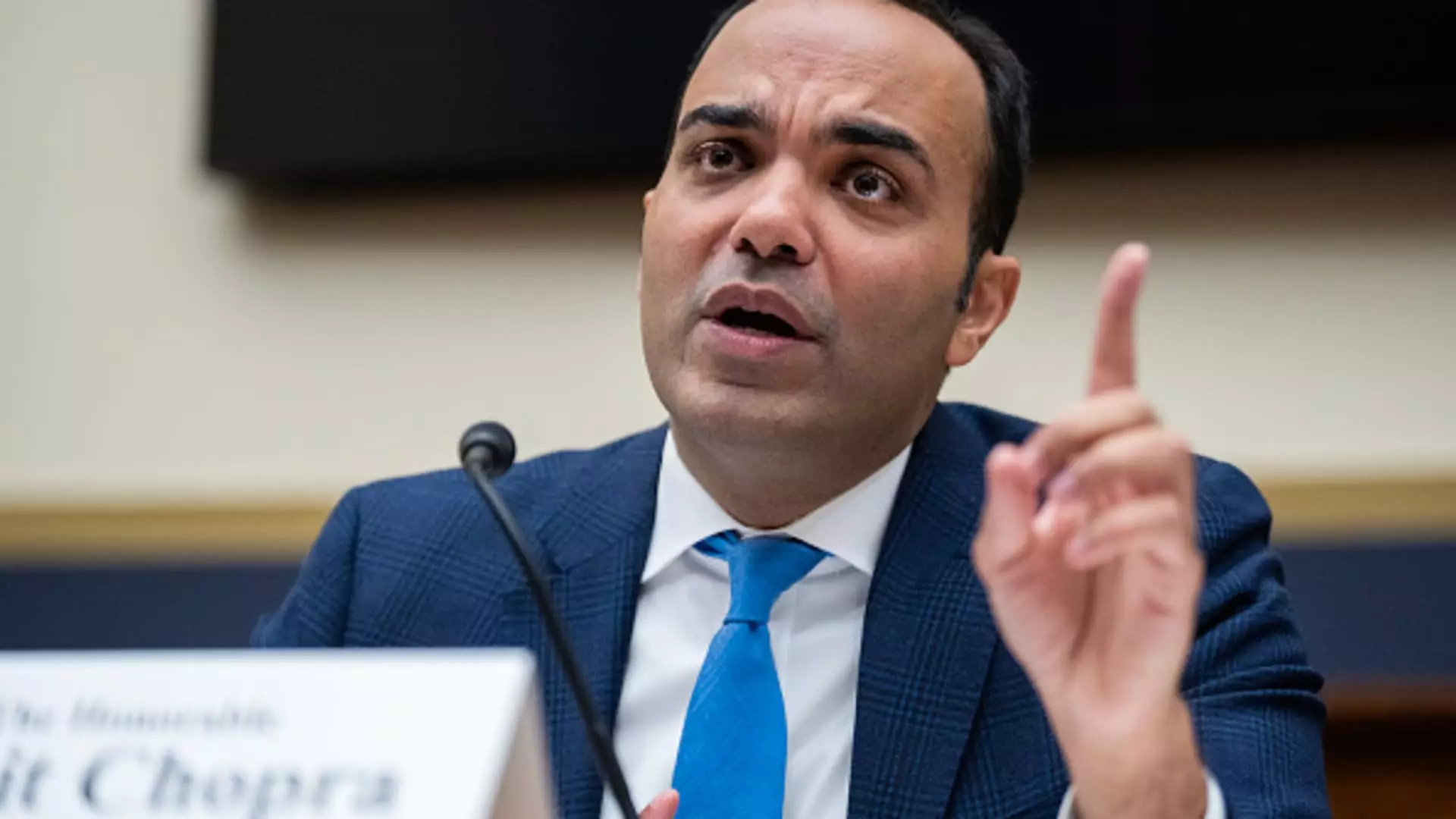In a significant move aimed at protecting consumers, the Consumer Financial Protection Bureau (CFPB) has introduced a groundbreaking regulation designed to limit banks’ abilities to impose overdraft fees. The new rule, announced recently, is projected to save American consumers approximately $5 billion annually, a notable relief for many who have been burdened by exorbitant fees.
The CFPB’s new regulation represents a shift in the landscape of banking fees, particularly those associated with overdrafts. Traditionally, banks have levied overdraft charges averaging around $35 per transaction, a figure that has accumulated into staggering revenues for the industry, amounting to $280 billion since the year 2000. Under the new framework, financial institutions will be allowed to impose a maximum charge of $5 for overdrafts or set fees strictly to cover their operational costs. Alternatively, banks can still charge varying fees as long as they transparently disclose the applicable interest rates for overdraft loans.
CFPB Director Rohit Chopra expressed his firm stance against what he described as exploitative practices by major banks. This sentiment reflects a broader consumer protection agenda that aims to eliminate what Chopra deems “excessive junk fees,” common in the banking sector. For many consumers, these shifts symbolize a crucial victory against a longstanding system that seemingly prioritized institutional profits over customer welfare.
While the introduction of the new fee structure signals a proactive approach to consumer rights, it is essential to note the context in which this rule has emerged. In recent years, leading financial institutions like JPMorgan Chase and Bank of America have begun to re-examine their fee structures, with many banks either lowering their overdraft fees or, in some cases, abolishing them entirely. This trend indicates a growing recognition of the need for more equitable banking practices, motivated by both consumer demand and public scrutiny.
Nonetheless, the imposition of the new CFPB rule primarily targets larger banks, specifically those with assets exceeding $10 billion. This focus represents a calculated approach to regulation, concentrating on institutions most likely to feel the repercussions of their longstanding policies. However, the rule’s implementation, set for October 1, 2025, is not without uncertainties. There exists significant pushback from banking associations that argue the proposed changes could inadvertently limit access to necessary financial services.
The CFPB’s initiative has evoked strong resistance from powerful banking groups who argue that limiting overdraft fees could lead to diminished lending opportunities for consumers. Organizations like the Consumer Bankers Association are exploring various strategies to contest the new regulation, suggesting that it may inadvertently drive consumers toward less favorable alternatives, such as high-interest payday loans. Critics argue that the CFPB’s aggressive stance, which stems from the Biden administration’s broader campaign against “junk fees,” may come at the expense of the very consumers it seeks to protect.
As the future of the regulation hangs in the balance, it is crucial to consider that the rule’s viability may be jeopardized by an industry that has historically resisted regulatory changes. The anticipated appointment of a new CFPB head after the recent elections, likely to be more sympathetic to banking interests, further clouds the rule’s future.
The CFPB’s rule on overdraft fees underscores a pivotal moment in the ongoing dialogue about consumer rights and financial equity in the U.S. Though the intention behind the regulation is laudable, the intersection of regulatory measures and industry pushback will determine its actual effectiveness. Will banks adapt to this regulatory environment and prioritize consumer welfare, or will they circumnavigate these changes through loopholes and alternative products?
As the situation unfolds, consumers, advocates, and industry stakeholders alike will be watching closely. The trajectory of this rule could signify a larger movement towards more responsible banking practices or lead to further conflicts between regulatory bodies and powerful financial institutions. The final outcome remains to be seen, but one thing is clear: the conversation surrounding fees, transparency, and consumer protection is far from over.


Leave a Reply